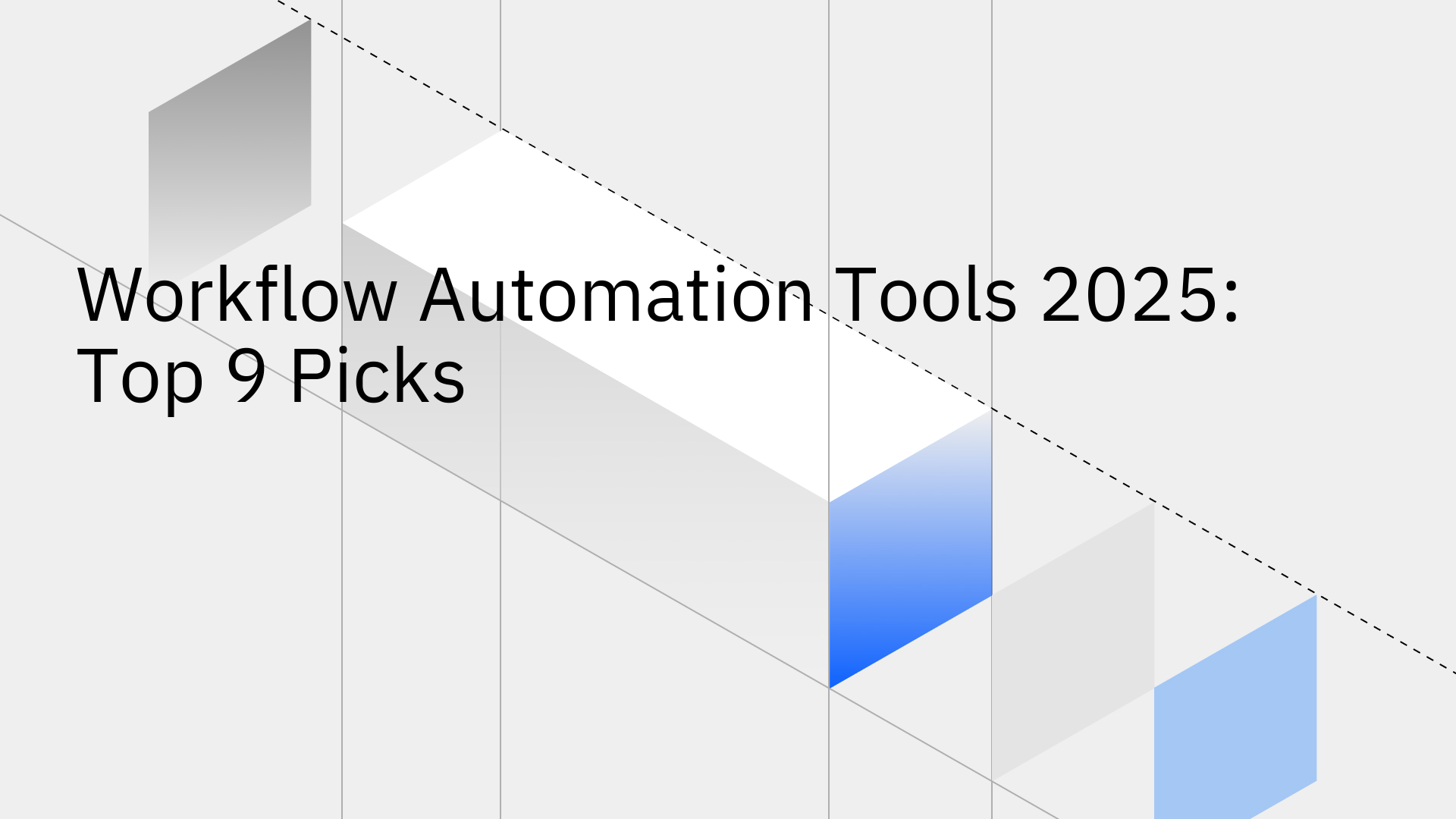
Looking for the best workflow automation tools in 2025? Start with n8n or Activepieces for open-source ease, Windmill for developer-first speed, and Workato for enterprise-grade governance. Teams running data/AI pipelines should consider Airflow or Prefect. Below, we compare nine standout platforms and when to choose each.
Workflow automation uses software to execute repetitive, rules-based tasks and orchestrate processes across apps, data systems, and AI services. Done right, it reduces manual errors, shortens cycle times, hardens security, and frees engineers from “human middleware” work so they can ship features faster.
Best for: Open-source app integrations with room to grow.
Standout features
Consider if you need: A vendor-agnostic Zapier alternative that scales from simple zaps to sophisticated flows without abandoning OSS.
Best for: Engineers turning scripts into reliable, observable workflows fast.
Standout features
Consider if you need: “Workflows as code” with a clean developer experience and a production-ready control plane.
Best for: No-code teams that want MIT-licensed, self-hostable automation.
Standout features
Consider if you need: Business-user friendly flows without per‑zap fees or SaaS lock-in.
Best for: Event-driven and IoT automations spanning devices and APIs.
Standout features
Consider if you need: Edge/plant/office integrations where latency and device protocols matter.
Best for: Visual, mid-to-advanced app automations in the cloud.
Standout features
Consider if you need: Faster prototyping of complex multi‑app flows without standing up infra—mind data governance for sensitive workloads.
Best for: Quick wins and prototyping across thousands of SaaS apps.
Standout features
Consider if you need: Speed and simplicity; plan to migrate production‑critical flows to self‑hosted or enterprise platforms over time.
Best for: Data engineering pipelines and scheduled batch/ML workflows.
Standout features
Consider if you need: Proven orchestration for ETL/ELT and ML jobs; less suited to real-time app automations.
Best for: A modern, Pythonic alternative to Airflow with hybrid execution.
Standout features
Consider if you need: Faster developer ergonomics for data/AI flows with strong monitoring.
Best for: Enterprise-wide automation with governance and RBAC.
Standout features
Consider if you need: A centralized iPaaS to standardize automations across IT, Finance, CX, and RevOps.
Automation shines when data is consistent across systems in real time. If your next step is connecting CRM, ERP, and databases with two‑way, sub‑second sync plus event-driven workflows, evaluate Stacksync as your operational data backbone. It pairs 200+ connectors with enterprise security (SOC 2, ISO 27001, HIPAA) and conflict‑safe bi‑directional sync, so your automations stay accurate end‑to‑end.
Ready to see real-time sync underpin your automations? Book a Stacksync demo to validate your use case in days, not months.
Is open-source enough for enterprise? Yes—paired with SSO, RBAC, and proper network controls, OSS (n8n, Windmill, Activepieces, Node‑RED) powers serious workloads while avoiding lock‑in.
Where do AI steps fit? Use LLM/classification/summarization inside flows, but keep PII boundaries and add human‑in‑the‑loop for high‑risk outcomes.
Can these tools replace ETL? For analytics pipelines, keep ETL/ELT (Airflow/Prefect). Use app automation tools for operational workflows and real‑time triggers.